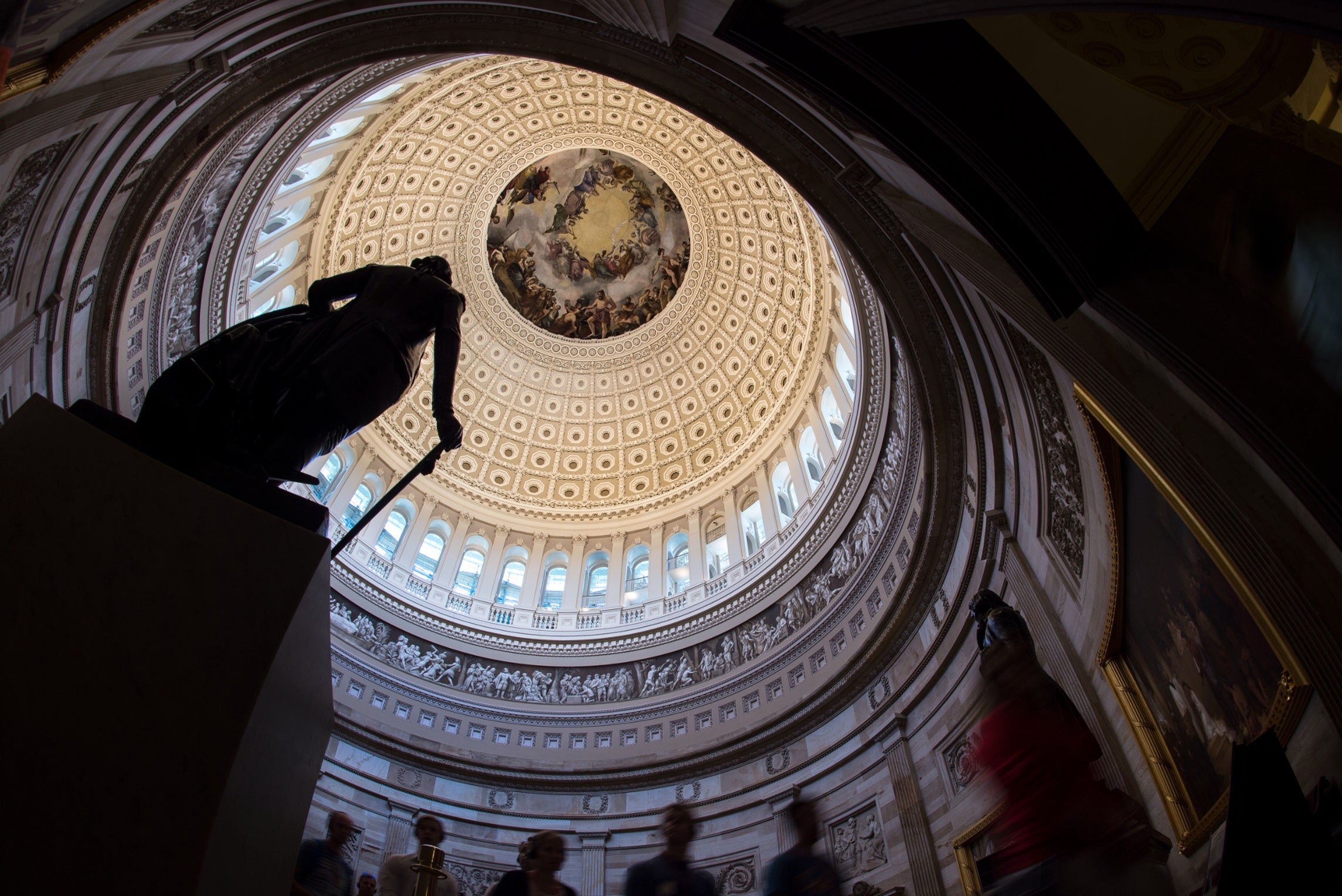The 2016 U.S. Presidential Election: Competition for the Nomination for the Out of Power Party
The 2016 United States presidential election was certain to be highly unusual as the Republicans reduced their list of 17 candidates to Donald Trump. Trump won an impressive number of competitive primaries. On Tuesday, April 26th, Trump swept contests throughout the Northeast by unprecedented margins and became the presumptive Republican nominee.
Trump pursued the nomination with less political experience than any major party nominee in modern history. The closest parallel is General Dwight D. Eisenhower, the only president elected with no political experience as a governor, member of Congress, cabinet member, or vice president. Every other American president, even those who have had very limited political experience, have held at least a short term in such an office. George Washington had less than a year’s experience; Abraham Lincoln, Grover Cleveland, and Woodrow Wilson had two years’ experience before entering the White House.
This study continues a series of presidential election forecasts on the basis of macro-dynamic models to predict the percentage of the popular vote received by the two major political party candidates. The models have been developed on the basis of research published by Professor Ray Fair. Fair has been developing models since 1992, when the election theme was dubbed by Bill Clinton advisor James Carville, “it’s the economy stupid.” The significant variables for the 2016 model are the GDP growth of the economy, the rate of inflation, whether an incumbent is running, and whether the country is at war. One major difference between Walker’s and Fair’s variables is which years are ones during which the United States is at war. Additionally, Walker’s model uses a dynamic error structure.
The 2012 model tested the importance of financial markets, the government bailouts of various industries, and the Federal Reserve’s quantitative easing programs in determining the popular vote in aftermath of the financial crisis. Obama won reelection with 52.0 percent. Walker forecasted that President Obama would receive 51.1 percent. Fair predicted the President would receive 51.6 percent. No major poll conducted during the final weekend before the election predicted that President Obama would receive more than 50.6 percent of the two party popular vote.
The 2016 macro-dynamic model measures the competitiveness of the primary process for the party out of power, measured as the number of candidates nominated at that party’s political convention. This variable captures the unusually high number of primary opponents that Trump faced. Trump’s candidacy was certainly underestimated in large part because of his complete lack of experience in the public sector. Trump’s expected loss in the general election is also largely due to his lack of experience in campaigning for any public office.
The forecast for the 2016 model is that Secretary Clinton will receive 52.40 percent of the two party popular vote. This prediction is based on data collected at the end of the October 2016.
– Professor David Walker, John A. Largay Professor of Finance
